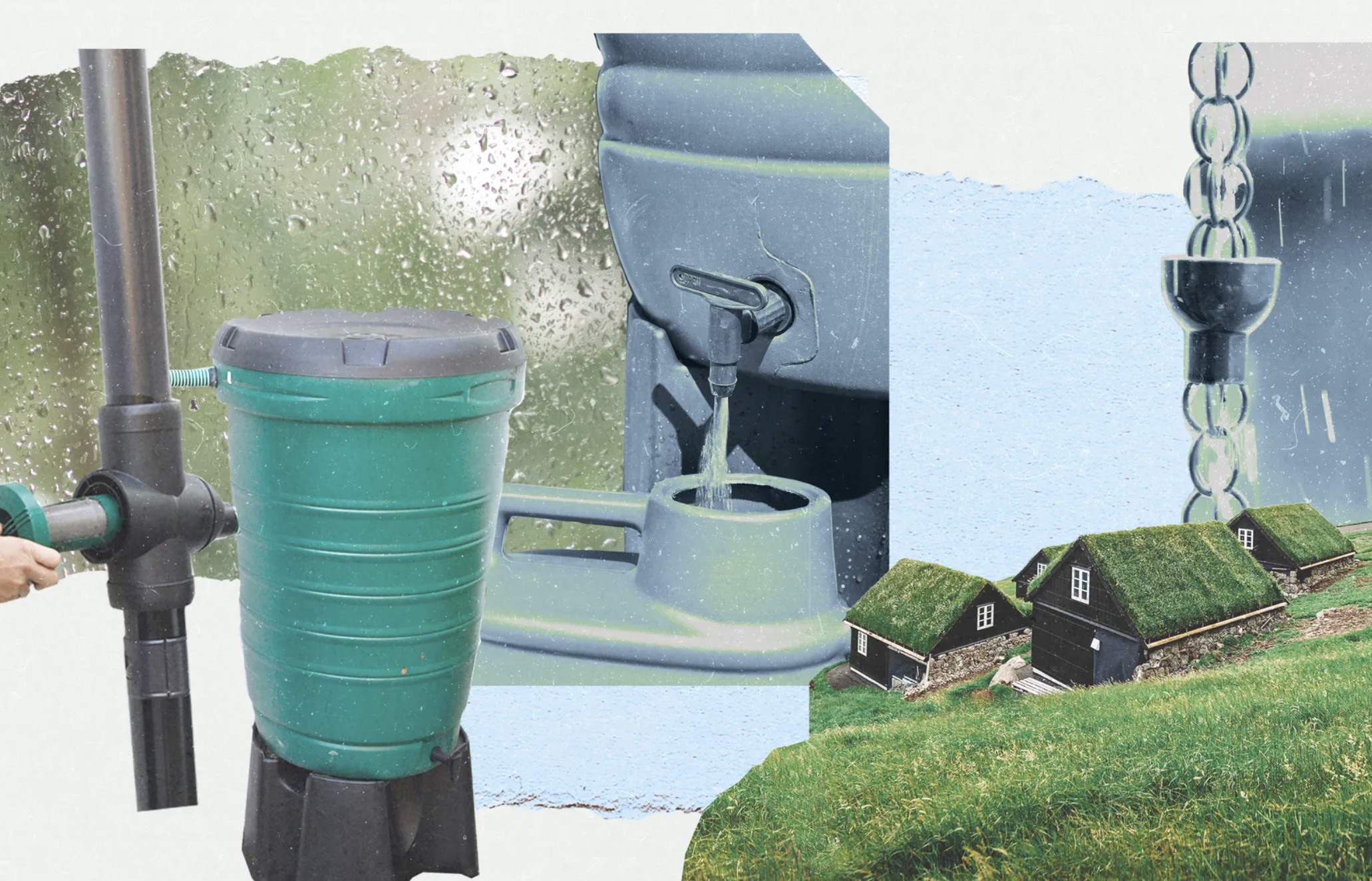Architectural Digest: Climate change isn’t just about extreme heat and rising sea levels—another side effect of greenhouse gas emissions is intense rainfall. Enter rainwater harvesting.
All that water needs to go somewhere. Sudden, heavy precipitation can create deadly floods in communities that are low-lying, have lots of impervious surfaces, or otherwise have poor stormwater management, like the flash floods that accompanied Hurricane Ida.
“We think about this as a mitigation or an adaptation to climate change, because we’re going to have more strong rain events that are going to last longer,” says Amy Chester, the managing director of Rebuild By Design. “So we need to find the ways that will slow down the rain from coming from the sky to everyone’s properties and then to the sewer system. And we can do that on different scales.”
Rainwater harvesting techniques can’t stop climate change, but they can help reduce the severity of its impact. Also known as rainwater or stormwater retention, such projects capture that intense precipitation, putting it to better use around your property and helping save you money by lowering the amount of water you draw from your local utility for nonpotable uses (meaning, it’s not recommended for drinking-water-required activities without further treatment). Read more>>

